Czech Republic. Silver Proof Coins Mark Bicentenary Anniversary of the Country’s Oldest Savings Bank.
The National Bank of the Czech Republic release silver collector coins remembering their oldest Savings Bank.
The concept of a bank specifically for savings has been an integral part of Czech economic history since their establishment in 1825. Savings banks are among the oldest modern financial institutions in Central Europe, emerging at the turn of the 18th and 19th centuries with the aim of supporting small savers and developing a sense of thrift. The first savings bank in the Habsburg monarchy, the Vienna Erste oesterreichische Spar-Casse, was founded in 1819. Its success inspired the creation of other savings banks, for example in the capital city of Prague, where the Czech savings bank Böhmische Sparkasse was opened in 1825 thanks to the support of the nobility and wealthy merchants. As the first savings bank in Bohemia, Böhmische Sparkasse – meaning Bohemian Savings Bank was at the forefront of the tradition of supporting small savers and building financial stability for the population. In particular, the poorer and middle classes were able to learn about managing money more effectively, not to spend, but to save for the future. The institution was launched on the 12th February 1825 and intentionally on the birthday of Emperor Francis I, who had made a significant contribution personally to the basic fund, providing savers with the certainty that they would not lose their deposits. With a one-time deposit, customers could entrust the savings bank with amounts ranging from one-quarter guilder to 100 guldens - corresponding to the price of a large hen or cow. These savings were interest-bearing at an annual rate of 4 percent and which allowed people to create a reserve for old age or in case of illness and unemployment, they also received a registered savings book. The Böhmische Sparkasse quickly became the most important financial institution in Bohemia, with its basic fund secured by contributions, including that from the Emperor. Over time, the savings bank was able to offer an attractive yield thanks to the high demand for loans. It was not afraid to provide these loans or even invest in businesses and various projects. It affected the appearance of the landscape and cities, towns and villages as well as the cultural and social life of the entire country.
Due to its reputation and successful management, the Böhmische Sparkasse managed to flourish after the Czech and Slovak countries attained independence in 1918 and also posted healthy balance sheet deposits despite the economic turmoil of the Stock Market crash in 1929 and stagnation that followed the European banking crisis of 1931. While other commercial banks closed their doors, the Böhmische Sparkasse was able to operate until Czechoslovakia was occupied by the Third Reich in 1939 and its network of branches were merged with German financial institutions, controlling the activities of all financial institutions in the country.
In 1949, and after the Second World War, nationalization changed the previous function of savings banks who no longer provided loans. Their main task now became the acquisition and concentration of deposits and that money was used for the needs of the centrally planned economy. During the communist period, the commercial or deposit activities of savings banks were limited, and it wasn’t until the 1st January 1990 and the fall of communism, when existing financial institutions were granted the status of commercial banks once again. The name Böhmische Sparkasse was changed to Česká spořitelna, translated to the Czech Savings Bank in February 1992 and was bought by the Erste Group of Austria in 2000. Today, and after two centuries of banking activity in the Czech Republic, Česká spořitelna is considered the oldest continually operating and largest bank in the country with over 4.5 million clients.
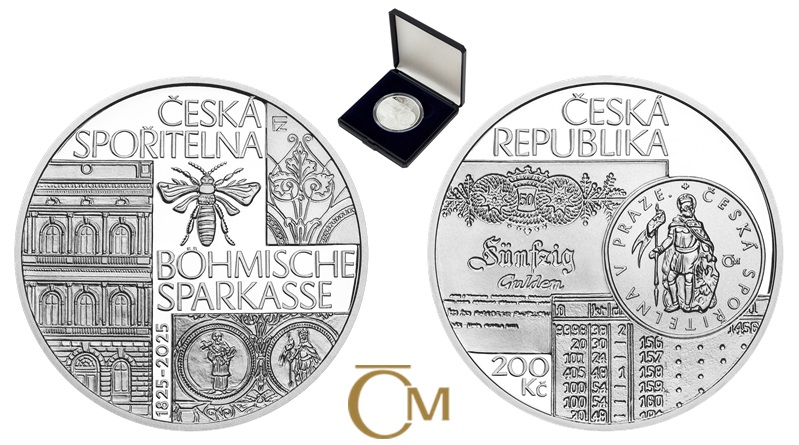
The silver proof and BU coins are produced by the Czech Mint at their facilities in Jablonec nad Nisou and on behalf of the Czech National Bank. Designed by sculptor Zbyněk Fojtů,the obverse side includes a collage featuring fragments of a 50 Guliden banknote of the era and a portion of the annual report of 1826 from the Böhmische Sparkasse. Also included is an emblem with the figure of Saint Wenceslas. The text CESKA REPUBLIKA is placed above the primary design and off-set to the left. The denomination 200 Kč is shown just to the lower left. The reverse side depicts part of the edifice of the first Czech savings bank building on Národní třída in Prague. To the right almost centred is the image of a honey bee which is a symbol of savings and productivity. Also featured is some of the artwork and graphic fragments found on the savings books of the Böhmische Sparkasse during the era of the early 19th century. Above the image of the bee is the current name ČESKÁ SPOŘITELNA of the Bank and just below is the name the Bank was founded under in 1825, BÖHMISCHE SPARKASSE. The commemorative years are also included in the design, 1825 and 2025 are shown in a vertical direction. The edge of the two hundred crown BU quality coins are serrated or reeded, the edge of the proof quality coins are smooth with the incused lettered inscription ČESKÁ NÁRODNÍ BANKA * Ag 0.925 * 13 g.
| Denomination | Metal | Weight | Diameter | Quality | Maximum Mintage |
| 200 Koruna | .925 Silver | 13 g. | 31 mm. | BU | 6300 |
| 200 Koruna | .925 Silver | 13 g. | 31 mm. | Proof | 16,000 |
Available from the 12th February, both BU and Proof coins are encapsulated and presented in a custom blue case accompanied with a certificate of authenticity. For additional information, please visit the e-webshop of the Czech Mint.

Download the Greysheet app for access to pricing, news, events and your subscriptions.
Subscribe Now.
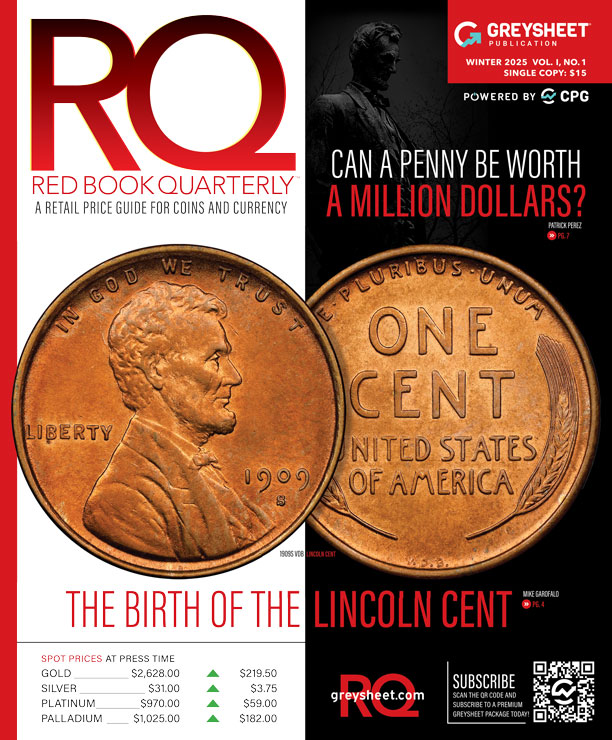
Subscribe to RQ Red Book Quarterly for the industry's most respected pricing and to read more articles just like this.
Author: Michael Alexander


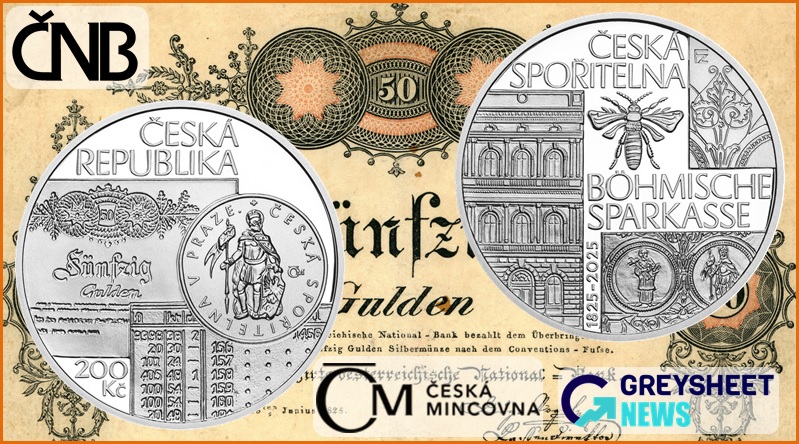






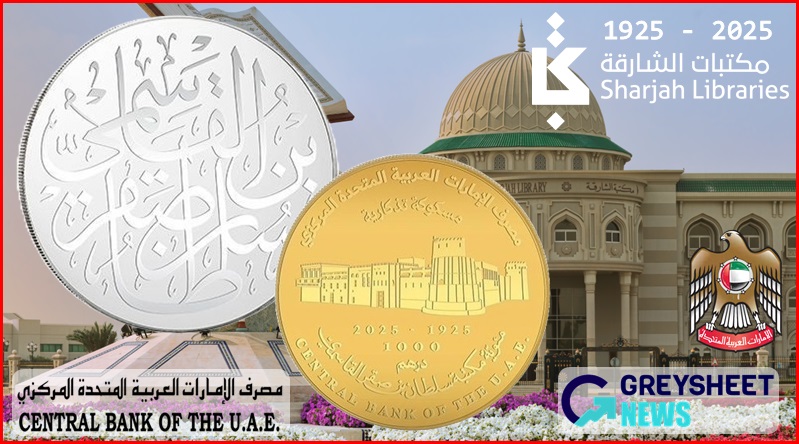
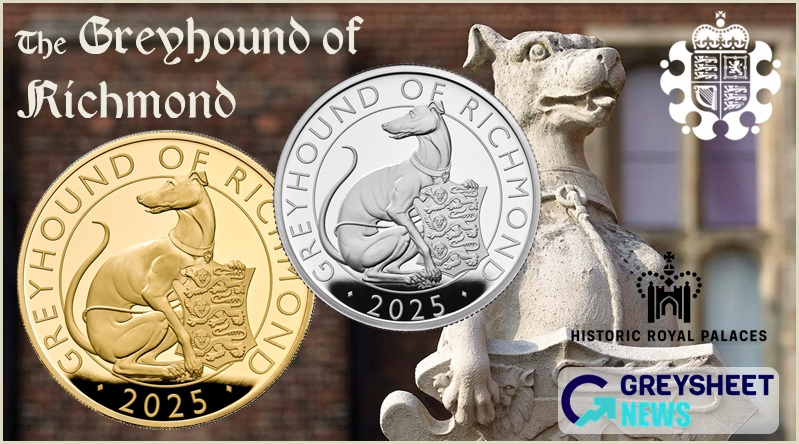
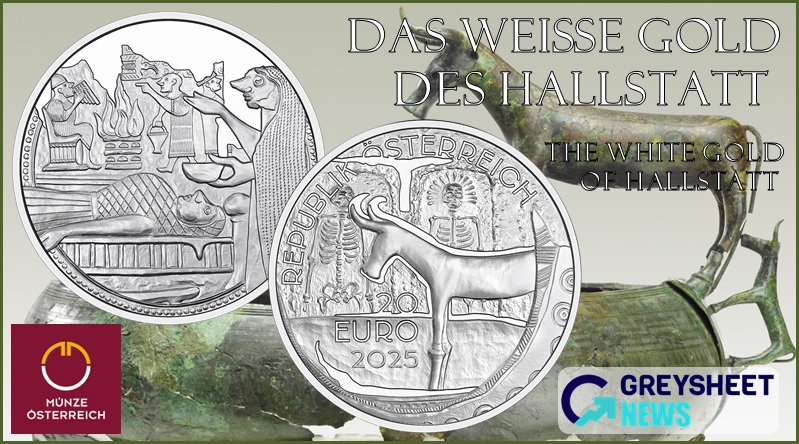
Please sign in or register to leave a comment.
Your identity will be restricted to first name/last initial, or a user ID you create.
Comment
Comments